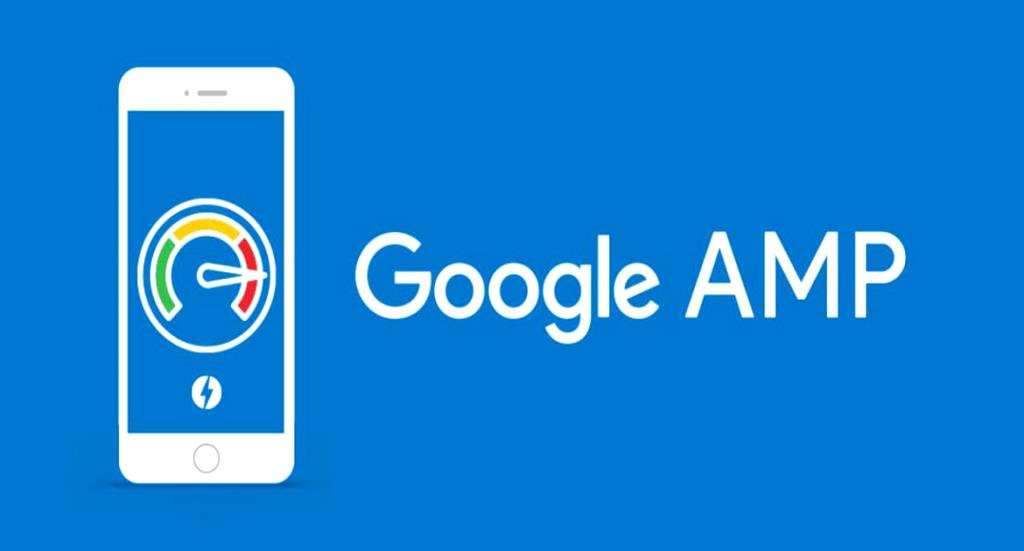Google amp project and its disadvantages
|
|
3 minute(s) read
|
Published on: Nov 30, 2020
Updated on: Dec 14, 2021
|
AMP is an open-source technology of google. It offers the audience a quick and fast-loading website experience on the website AMP website pages are being identified with the lightning bolt symbol that is present in the right corner of the published articles. AMP is also designed for consuming the web page content through reading and does not have any connected components.
AMPs stands for accelerated mobile pages. These are the pages that exceed or meet the guidelines that are set out by the AMP project. AMP is the pages that exceed or meet those guidelines that are set out by the AMP project. It includes a code provided by the AMP project that enables some special search features in the most used search engine tool is google.

In March 2018, Google began to roll out the first mobile indexing features following experimentation and testing since 2016. Due to mobile-first indexing, the pages that are mobile-friendly for different devices will get the most priority during indexing via google. Since Google s working on supporting AMP features and mobile-first indexing plans, the digital marketing firms or teams are wondering and exploring how an AMP can change the way they create and maintain websites.
Disadvantages of AMPs
At the start of any project, putting together all the pieces is not an easy undertaking. There are still some moving parts to the AMP Project that makes the deployment and execution such a challenge, and it includes:
JavaScript & CSS Limitations
AMPs only contain a tiny part in individuality and branding. In large amounts, usually, web loading time suffers much, especially when the website designers use JavaScript or CSS. By keeping down the flashy extras, the speed of mobile web pages instantly increases significantly, but it puts a strain on your style and branding.
Tracking Problems
AMPs don't work with your already built-in tracking. They are tracked and stored quite differently compared to standard pages and even not with mobile-ready ones. Solutions will have to appear, but at the very same time, tracking takes special resources and effort that you might haven't instantly available.
Serving Cached Pages
One of the AMP ways through which it makes web pages load fastly and quickly is that it lets google use a cached version of AMP-enabled page to users. The pages that will appear as search results are held by Google, which means that you are not even serving that content that was created by you. Rather it is merely a copy cached and stored somewhere else.

Implementation Is Not Straightforward
AMP project guidelines implementation is designed to be easy to use, but conflicting information and continuous updates about the standard could make it quite confusing. Even though some CMSs, like WordPress, also have AMP integration tools that are often conflicted with famous SEO tools such as Yoast. Click to audit your website SEO
Click to audit your website SEO